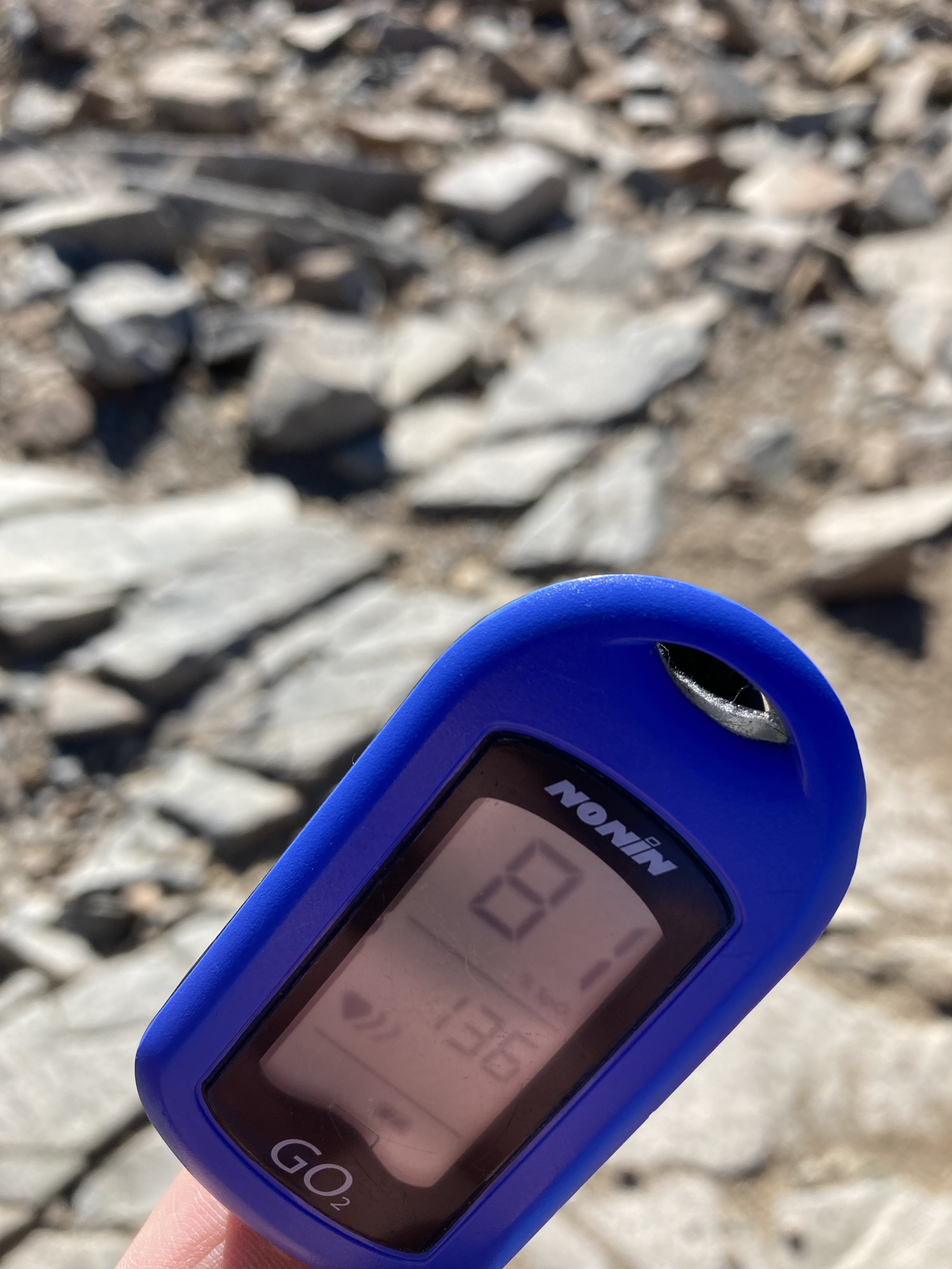Here are 18 interesting quotes referring to the breath as life or spirit. It’s by no means comprehensive—just some that have stuck out to me over the years.
Enjoy!
1. “Man was created of the Earth, and lives by virtue of the air; for there is in the air a secret food of life…whose invisible congealed spirit is better than the whole earth.”
- Michael Sendivogius
2. “Of course, the word spirit itself, despite all of its incorporeal and non-sensuous connotations, is directly related to the very bodily term respiration through their common root in the Latin word “spiritus”, which signified both breath and wind.”
– David Abram, The Spell of the Sensuous
3. “My words come from an upright heart; my lips sincerely speak what I know. The spirit of God has made me; the breath of the Almighty gives me life.”
– Job 33:3-4
4. “The fact is that when we focus on the breath, we are focusing on the life force. Life begins with our first breath and will end after our last. To contemplate breathing is to contemplate life itself.”
– Larry Rosenberg, Breath by Breath
5. “Among the Creek Indians of the southwest, for instance, the creator God, the only divinity equal to or exceeding the Earth and the sun in its power, is called the Master of Breath.”
–David Abram, The Spell of the Sensuous
6. “Interestingly, the Greek word psyche, which we often use to indicate our mind or the emotional state of our mind, actually means soul or spirit, or most tellingly, the breath of life.”
– Eddie Stern, One Simple Thing
7. “That oxygen, life, and lungs all came into our world in relatively close succession is no coincidence. Only with oxygen and some means of extracting it are all things possible—thinking, moving, eating, speaking, and loving. Life and the breath are synonymous.”
- Michael J. Stephen, MD, Breath Taking
8. “Then the LORD God formed the man from the dust of the ground. He breathed the breath of life into the man’s nostrils, and the man became a living person.”
– Genesis 2:7
9. “The air I inhale enters my body and becomes part of me. The air I exhale moves into someone else and becomes part of her. Just by looking at how the air moves, we realize we are all connected to one another, not just figuratively, but also literally.”
– Haemin Sunim, The Things You Can See Only When You Slow Down
10. “For breath is life, and if you breathe well you will live long on earth.”
- Sanskrit Proverb
11. “Thus spirit = breath = life, the aliveness and power of your life, and to speak of your spirit (or soul) is to speak of the power of life that is in you.”
- Frederick Buechner
12. “Breath is the bridge which connects life to consciousness, which unites your body to your thoughts.”
– Thich Nhat Hanh
13. "Ancient Egyptian cultures also recognized the importance of the breath, the evidence of which we see today in the many ancient statues that had their noses broken off but otherwise were left untouched. This defacement was no accident, but a deliberate act by conquering groups to take the life, in this case the breath of life, away from these icons."
- Michael J. Stephen, MD, Breath Taking
14. “Thus a great many terms that now refer to the air as a purely passive and insensate medium are clearly derived from words that once identified the air with life and awareness. And words that now seemed to designate a strictly immaterial mind or spirit are derived from terms that once named the breath as the very substance of that mystery.”
–David Abram, The Spell of the Sensuous
15. “Zen Master Hogan said that the whole universe is in the breath. If you really pay attention to it, it takes you to its immaculate source.”
– Larry Rosenberg, Breath by Breath
16. “Arise! the breath, the life, again hath reached us: darkness hath passed away and light approacheth.”
– Rig Veda 1:113:16
17. “The breath of life is in the sunlight and the hand of life is in the wind.”
– Kahlil Gibran, The Prophet
18. “Life and respiration are complementary. There is nothing living which does not breathe nor anything breathing which does not live.”
- William Harvey, 1653, Lectures on the Whole of Anatomy








